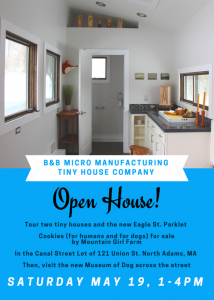Please Support Tiny House Zoning in Great Barrington, MA this Thursday, March 7
The town of Great Barrington, MA is considering adding Movable Tiny Houses, or Tiny Houses on Wheels, to their zoning regulations, allowable as Accessory Dwelling Units (ADUs).
As proposed, movable tiny houses will only be allowed as an ADU which means there has to be a primary dwelling. A 2/3 majority at town meeting will allow them.
The Thursday meeting agenda includes a Citizen’s Speak Time, where those who live in Great Barrington can share their thoughts. Those who don’t live in Great Barrington but would like to show up in support of legal tiny houses may also attend the meeting.
This meeting will address movable tiny houses. Tiny houses that are on a foundation are already permitted as an ADU under the current bylaw and would need to meet the stretch code adopted by GB. The planning board is also seeking to increase the allowable number of ADUs to two.
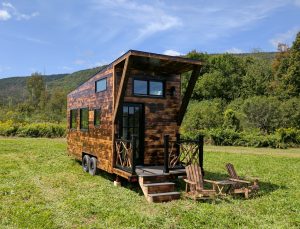
This is the proposed added language to the Great Barrington Zoning Bylaws:
To Section 11.0 Definitions add:
Movable Tiny Houses (MTH)
A structure intended for the separate, independent living quarters of one household for year-round residence that meets all of the following:
(a) Is licensed and registered with the Massachusetts Registry of Motor Vehicles;
(b) Meets the American National Standards Institute (ANSI) 119.5 requirements, and certified by a qualified third party inspector for ANSI compliance;
(c) Cannot move under its own power;
(d) Has not less than 150 and no more than 430 square feet of habitable living space, excluding lofts;
(e) Is designed and built using conventional residential building materials for windows, roofing and exterior siding.
ACCESSORY DWELLING UNIT: a subordinate dwelling unit on the same lot as a primary single family or two-family residential use, with provisions for independent cooking, living, sanitation and sleeping. (Add) A Movable Tiny House (MTH) connected to electricity, water, and sewer or septic that has its chassis, wheels and hitch concealed shall be considered an accessory dwelling unit.
(This proposed language may have been updated by the time the meeting takes place).
Please attend:
GREAT BARRINGTON PLANNING BOARD MEETING
THURSDAY, MARCH 7, 2019 6:00 PM
Great Barrington Fire Station
37 State Road, Great Barrington, MA
Read the Meeting Agenda here.
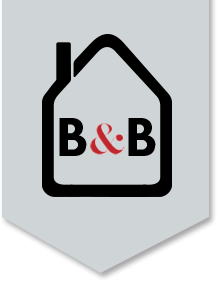
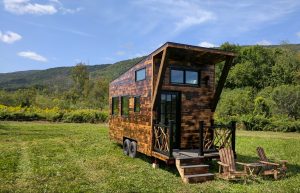
 According to mass.gov, for residential homes: “Title 5 (310 CMR 15.000) allows composting toilets for Remedial Use and also certifies them for General Use in new residential construction where a system in full compliance with Title 5 could otherwise be installed. The local approving authority (typically the Board of Health) must also approve installation of a composting toilet through a Disposal System Construction Permit and Certificate of Compliance. Check with your local Board of Health for its approval procedures.”
According to mass.gov, for residential homes: “Title 5 (310 CMR 15.000) allows composting toilets for Remedial Use and also certifies them for General Use in new residential construction where a system in full compliance with Title 5 could otherwise be installed. The local approving authority (typically the Board of Health) must also approve installation of a composting toilet through a Disposal System Construction Permit and Certificate of Compliance. Check with your local Board of Health for its approval procedures.” The Tiny House Appendix has been voted through by the Massachusetts Board of Building Regulations and Standards! It is now being reviewed by other state offices. If adopted into the state building code, IRC 2018, it will provide safety standards for building tiny houses on foundations in Massachusetts.
The Tiny House Appendix has been voted through by the Massachusetts Board of Building Regulations and Standards! It is now being reviewed by other state offices. If adopted into the state building code, IRC 2018, it will provide safety standards for building tiny houses on foundations in Massachusetts.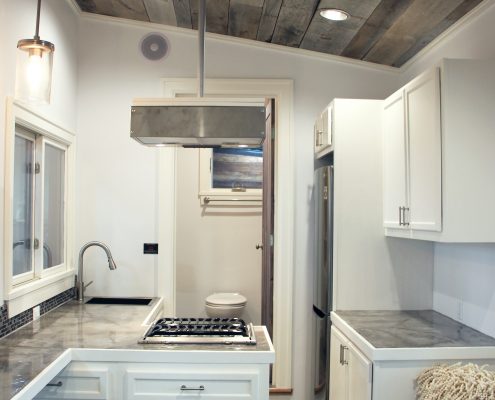
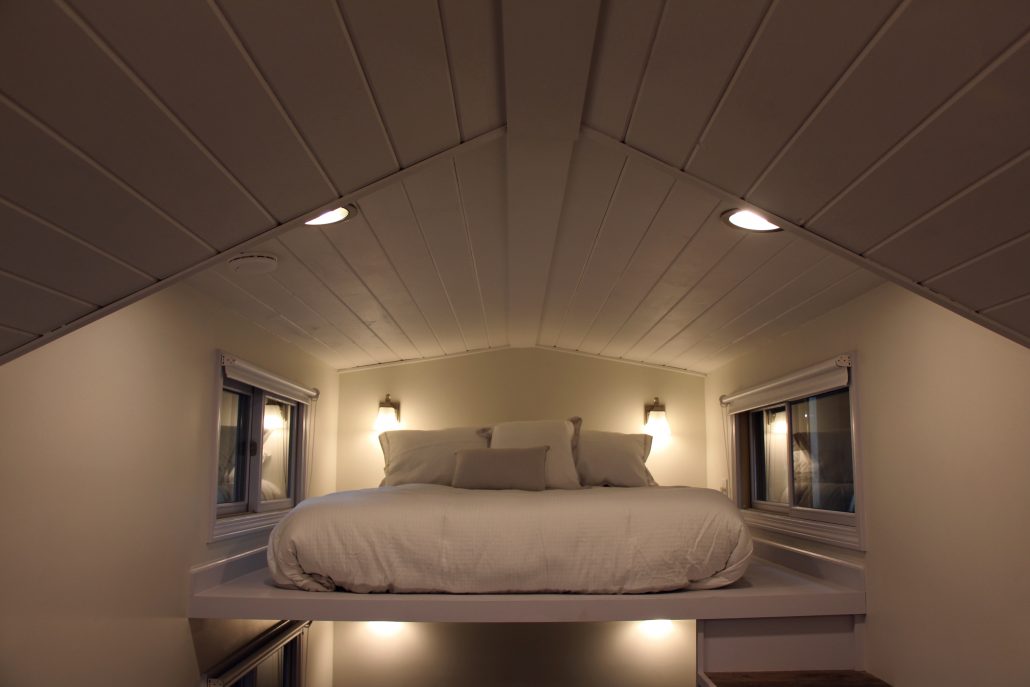
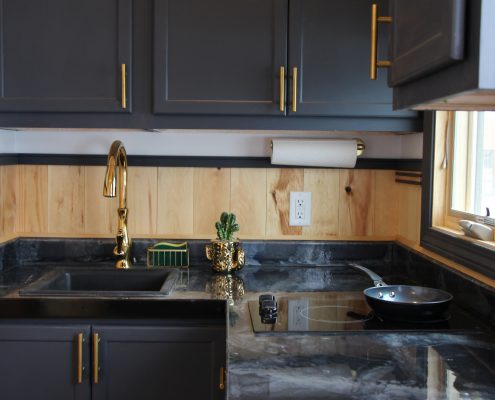
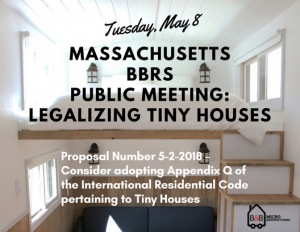 Meeting Addressing Tiny Houses in Massachusetts’ Building Code
Meeting Addressing Tiny Houses in Massachusetts’ Building Code
 We are excited to announce we will be opening our tiny houses to the public for tours on May 19 from 1-4pm. In addition to touring the Stony Ledge Tiny House and the Brodie Tiny Office/Guest House/Studio, you will be able to see the new parklet we’ve built for the City of North Adams’ Eagle Street Project, purchase sweets from
We are excited to announce we will be opening our tiny houses to the public for tours on May 19 from 1-4pm. In addition to touring the Stony Ledge Tiny House and the Brodie Tiny Office/Guest House/Studio, you will be able to see the new parklet we’ve built for the City of North Adams’ Eagle Street Project, purchase sweets from 